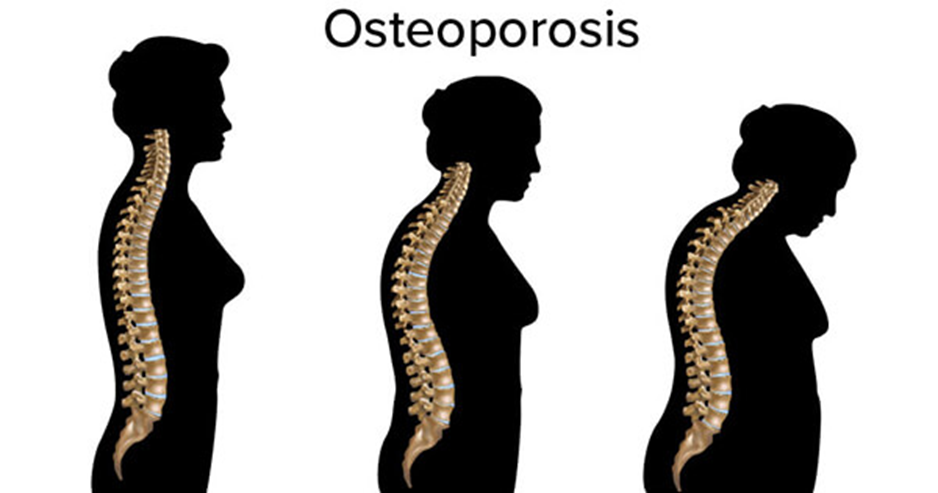A nurse is initiating the use of a continuous passive motion (CPM) device for a client following a total knee arthroplasty. Which of the following actions should the nurse take?
Align the client's joints with the joints on the frame.
Pad the CPM device with a thick pillow.
Place the client in high-Fowler's position.
Set the degree of flexion and extension as tolerated by client.
The Correct Answer is A
Choice A: This is correct because aligning the client's joints with the joints on the frame can ensure proper functioning and comfort of the CPM device. The nurse should adjust the length and width of the device to fit the client's leg and secure it with straps.
Choice B: This is incorrect because padding the CPM device with a thick pillow can interfere with its movement and cause pressure on the leg. The nurse should use only thin padding or no padding at all for the CPM device.
Choice C: This is incorrect because placing the client in high-Fowler's position can cause flexion contractures and impair circulation in the leg. The nurse should place the client in supine or semi-Fowler's position with the leg elevated on pillows.
Choice D: This is incorrect because setting the degree of flexion and extension as tolerated by client can cause excessive pain and damage to the joint. The nurse should set the degree of flexion and extension according to the provider's prescription and gradually increase it as ordered.
Nursing Test Bank
Naxlex Comprehensive Predictor Exams
Related Questions
Correct Answer is C
Explanation
Choice A reason: Using NSAIDs for pain relief is not a risk factor for osteoporosis. NSAIDs are nonsteroidal anti-inflammatory drugs that are used to treat pain and inflammation. They do not affect bone density or calcium metabolism.
Choice B reason: Age 45 years is not a risk factor for osteoporosis. Osteoporosis is more common in older adults, especially postmenopausal women, but it can affect anyone at any age. The risk of osteoporosis increases with age, but it is not determined by a specific age.
Choice C reason: Smoking cigarettes is a risk factor for osteoporosis. Smoking can reduce bone mass and increase bone loss by interfering with the production and activity of estrogen, which is a hormone that protects bone health. Smoking can also impair blood circulation and oxygen delivery to the bones, which can affect their growth and repair.

Choice D reason: Regular aerobic exercise is not a risk factor for osteoporosis. Aerobic exercise is a type of physical activity that increases the heart rate and improves cardiovascular fitness. Aerobic exercise can also benefit bone health by stimulating bone formation and increasing bone density. Aerobic exercise can also prevent falls and fractures by improving balance and coordination.
Correct Answer is B
Explanation
Choice A: This is incorrect because applying petroleum jelly to the client's nares can interfere with oxygen delivery and cause skin breakdown. The nurse should use water-soluble lubricant or saline spray to moisten the nares and prevent dryness from oxygen therapy.
Choice B: This is correct because initiating fall precautions can prevent injury and complications for the client who has aspirated pneumonia and hypoxia. The client may have altered mental status, weakness, or dizziness due to hypoxia, infection, or medications. The nurse should use bed alarms, side rails, and assistive devices as needed.
Choice C: This is incorrect because maintaining the client in a supine position can worsen hypoxia and pneumonia by decreasing lung expansion and increasing secretions. The nurse should elevate the head of the bed at least 30 degrees and encourage frequent position changes to improve ventilation and drainage.
Choice D: This is incorrect because implementing contact precautions is not indicated for the client who has aspirated pneumonia and hypoxia. Aspirated pneumonia is caused by inhalation of foreign material into the lungs, not by transmission of microorganisms from person to person. The nurse should use standard precautions and droplet precautions if the client has a cough or sputum production.
Whether you are a student looking to ace your exams or a practicing nurse seeking to enhance your expertise , our nursing education contents will empower you with the confidence and competence to make a difference in the lives of patients and become a respected leader in the healthcare field.
Visit Naxlex, invest in your future and unlock endless possibilities with our unparalleled nursing education contents today
Report Wrong Answer on the Current Question
Do you disagree with the answer? If yes, what is your expected answer? Explain.
Kindly be descriptive with the issue you are facing.
